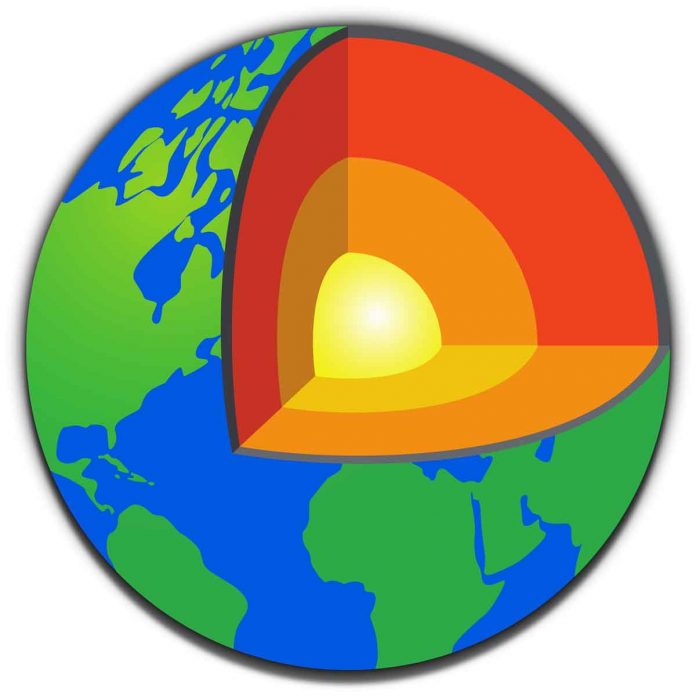Andrea Mundl-Petermeier and Sebastian Viehmann of the Department of Lithospheric Research at the University of Vienna have demonstrated that a new geochemical archive which is named as 182Tungsten in banded iron formations, can be used to simultaneously trace the evolution of both the Earth’s mantle and continents throughout Earth’s history. The new found thing offers new opportunities to better understand the Precambrian Earth in the future.
Scientists wanted to investigate how the Earth’s mantle developed in the early Earth period which is the short-lived 182Hafnium-182Tungsten isotope system has been in the focus before. 182Tungsten indicates how much the Earth was exposed to intense meteorite impacts towards the end of its formation and how quickly Earth’s mantle mixed and homogenized with these meteoritic components throughout Earth’s history.
magmatic rocks from different continents had to be studied for these isotopes. Andrea Mundl-Petermeier and Sebastian Viehmann from the Department of Lithospheric Research at the University of Vienna and colleagues at the University of Cologne and Jacobs University Bremen have discovered a new geochemical archive. The study was published in the journal Nature Communications. Tungsten isotope signatures in banded iron formations (BIFs) in between 3.8 billion and about 540 million years ago.
Scientists used the 2.7-billion-year-old iron formation from the Temagami greenstone belt in Canada. Scientists were able to reconstruct how iron- and silica-rich layers deposited from seawater can simultaneously record the evolution of the Earth’s mantle and crust.

